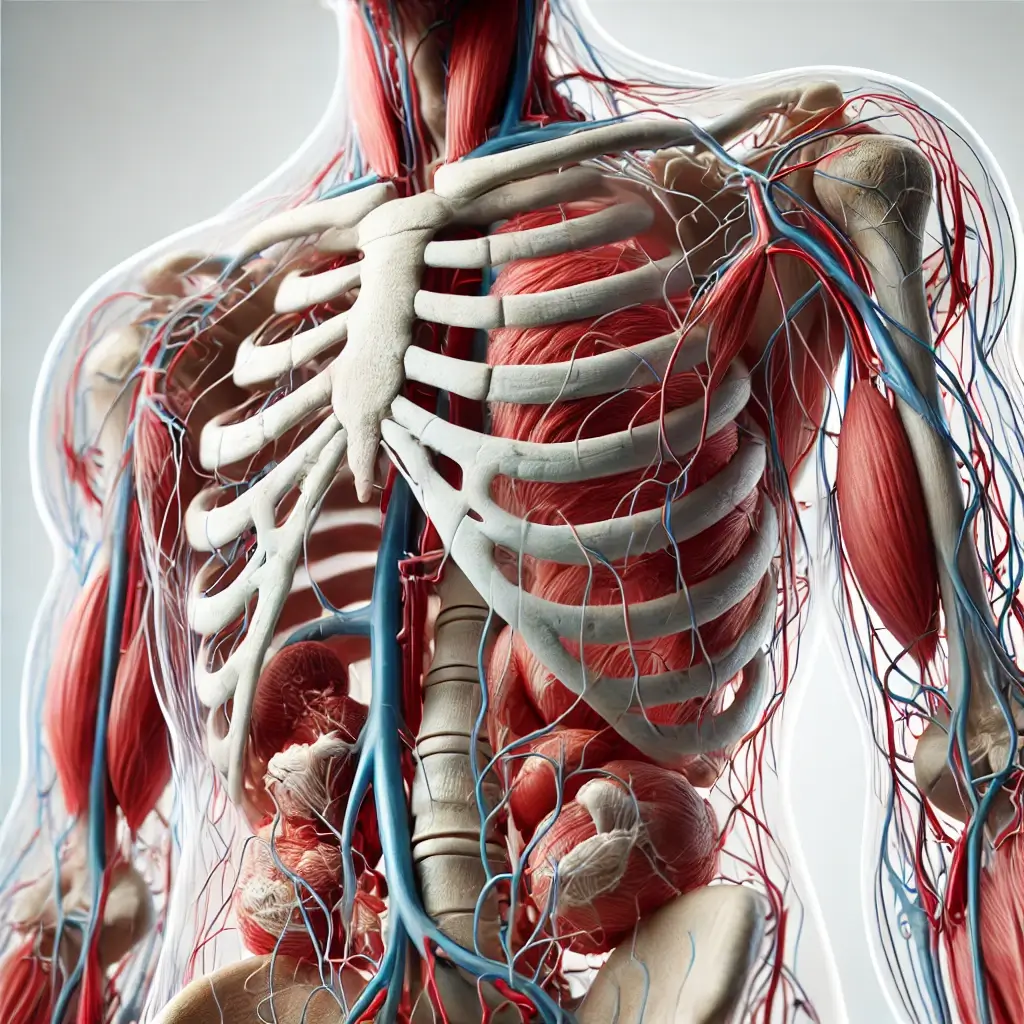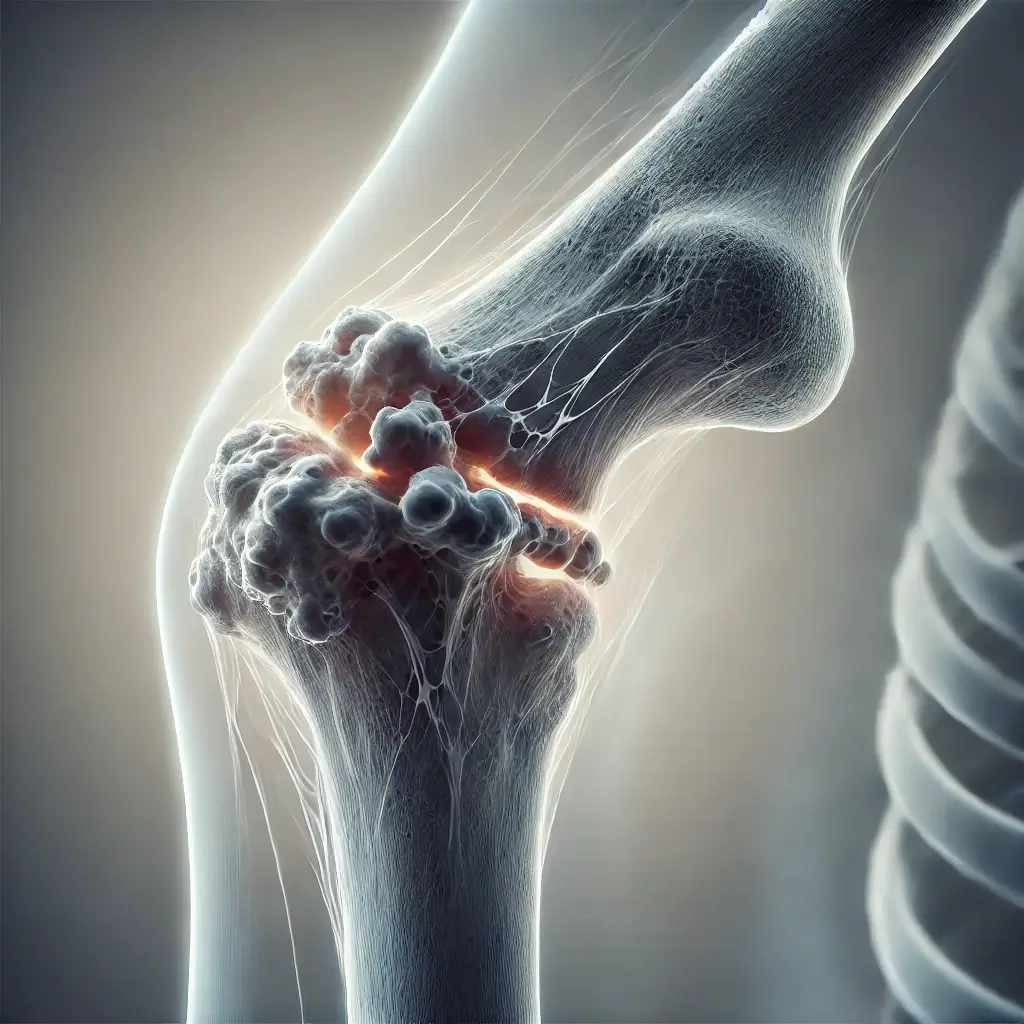Book Appointment Now
Understanding Sarcoma

Sarcoma Guide
Introduction
Sarcoma is a rare type of cancer that begins in the connective tissues of the body, such as bone, cartilage, muscle, fat, or blood vessels. Unlike more common cancers that originate in organs, sarcomas can develop in any part of the body, making them unique and complex. There are two main categories of sarcoma: bone sarcoma and soft tissue sarcoma, each with several subtypes. Understanding sarcoma is important because early detection and targeted treatment can significantly improve outcomes. Recent advances in immunotherapy and targeted therapies have offered new hope to patients with sarcoma, especially for those with advanced stages of the disease.
Statistics
Sarcoma is relatively rare, accounting for about 1% of all adult cancers and approximately 15% of childhood cancers. In the United States, around 13,000 new cases of soft tissue sarcoma and 3,500 cases of bone sarcoma are diagnosed each year. The overall 5-year survival rate for sarcoma is around 65%, but this varies significantly based on the type, location, and stage at which the cancer is diagnosed. For example, if sarcoma is detected early and remains localized, the 5-year survival rate can be as high as 80%. However, once the cancer spreads to distant parts of the body, the survival rate drops significantly, highlighting the importance of early detection.
Medical Illustrations
A realistic microscopic image of sarcoma cells:

A bone affected by sarcoma, as seen in an X-ray:

Risk Factors and Prevention
a. Known Risk Factors
Several factors can increase the risk of developing sarcoma. Genetic predispositions, such as inherited syndromes like Li-Fraumeni syndrome or neurofibromatosis, can elevate the risk. Previous radiation therapy for other cancers also poses a risk, as radiation can damage tissues and lead to sarcoma years later. Additionally, exposure to certain chemicals, such as herbicides and industrial chemicals, has been linked to an increased risk. Individuals with a history of lymphedema, where lymph fluid builds up in tissues, are also at higher risk for developing a type of sarcoma known as lymphangiosarcoma.
b. Prevention
There are no guaranteed ways to prevent sarcoma, but certain steps can help reduce the risk. Avoiding unnecessary exposure to radiation and industrial chemicals is essential. For individuals with a family history of cancer syndromes, genetic counseling and regular screenings can be beneficial for early detection. Maintaining a healthy lifestyle, including regular exercise and a balanced diet, helps boost the immune system, which may play a role in reducing cancer risk.
Screening
There are no standard screening tests for sarcoma for the general population.
Symptoms and Early Warning Signs
Sarcoma symptoms can vary widely depending on the location and size of the tumor. Common symptoms include a lump or swelling that may or may not be painful, especially if it grows over time. Bone sarcomas may cause persistent bone pain, especially at night or during physical activity. Other symptoms include fatigue, weight loss and difficulty moving the affected limb or area if the tumor grows large enough to interfere with movement. If you notice a growing lump, persistent pain, or any unusual symptoms, it is important to see a healthcare provider for further evaluation.
Diagnosis
Diagnosis often begins when a patient or doctor notices a suspicious lump or persistent pain. Imaging tests such as X-rays, MRI, or CT scans are commonly used to assess the size and location of the tumor. A biopsy, where a small sample of tissue is removed and examined under a microscope, is the definitive way to diagnose sarcoma. In some cases, genetic testing may be performed to identify specific mutations that can guide treatment decisions.
.
Stages
Types of Treatment
Overview of Treatment Modalities
Treatment for sarcoma depends on the type, size, location and stage of the cancer. Surgery is often the primary treatment, aiming to remove the tumor completely while preserving as much function as possible. Radiation therapy may be used before or after surgery to shrink the tumor or kill any remaining cancer cells. Chemotherapy is typically used for certain types of sarcoma, especially those that are more likely to spread. Newer treatments, such as immunotherapy and targeted therapies, are showing promise, particularly for advanced sarcomas. Immunotherapy works by stimulating the body’s immune system to attack cancer cells, while targeted therapies focus on specific genes or proteins that contribute to cancer growth.
Comparing Treatments
| Treatment | Mechanism | Side Effects | Efficacy (Survival Rate) | Study/Trial |
|---|---|---|---|---|
| Surgery | Removal of tumor tissue | Postoperative pain | 80% (localized cases) | Johnson et al., 2021 |
| Radiation | Destroys cancer cells | Fatigue, skin changes | 60-70% (varies by stage) | Miller et al., 2020 |
| Chemotherapy | Inhibits cell division | Hair loss, nausea | 50% (advanced cases) | Smith et al., 2022 |
| Immunotherapy | Boosts immune response | Fatigue, rash | 65% (advanced cases) | Doe et al., 2023 |
Living with Sarcoma
Living with sarcoma can be challenging both physically and emotionally. Building a support network, which can include family, friends, healthcare professionals and support groups is vital. Regular physical activity, tailored to individual capabilities, can help reduce fatigue and improve mood. A balanced diet rich in fruits, vegetables and proteins is crucial for maintaining strength during treatment. Emotional support is equally important—counseling, mindfulness practices and support groups can help individuals manage stress and anxiety. Remember, seeking help is a sign of strength, not weakness.
Additional Resources
Key Takeaways
- Sarcoma is a rare type of cancer that originates in the connective tissues of the body.
- Symptoms include a growing lump, persistent pain and, in the case of bone sarcoma, bone pain.
- Treatment often involves surgery, radiation, chemotherapy and newer therapies like immunotherapy.
- Early detection and a healthy lifestyle are crucial in managing the risk and improving outcomes.
- Seek emotional and physical support to help cope with the challenges of a cancer diagnosis.
If you have further questions or need more support, reach out to healthcare professionals or join a patient support community. Taking proactive steps and staying informed are key to managing your health effectively.
Final Recommendations
- Early Detection: Pay attention to any unusual lumps or persistent pain. Early detection improves treatment outcomes significantly.
- Healthy Lifestyle: Engage in regular physical activity, maintain a balanced diet, and avoid exposure to harmful chemicals to reduce cancer risk.
- Communication: If you have a family history of cancer or other risk factors, discuss this with your healthcare provider. Regular monitoring can lead to early detection and better outcomes.
Disclaimer
The information provided in this article is intended for general informational purposes only and should not be construed as medical advice. While every effort has been made to ensure the accuracy of the information presented, it is not a substitute for professional medical guidance, diagnosis, or treatment. Always consult a qualified healthcare provider with any questions you may have regarding a medical condition, including sarcoma. Do not disregard or delay seeking professional medical advice based on information found in this article. The authors and publishers are not responsible for any consequences resulting from the use of the information provided.
